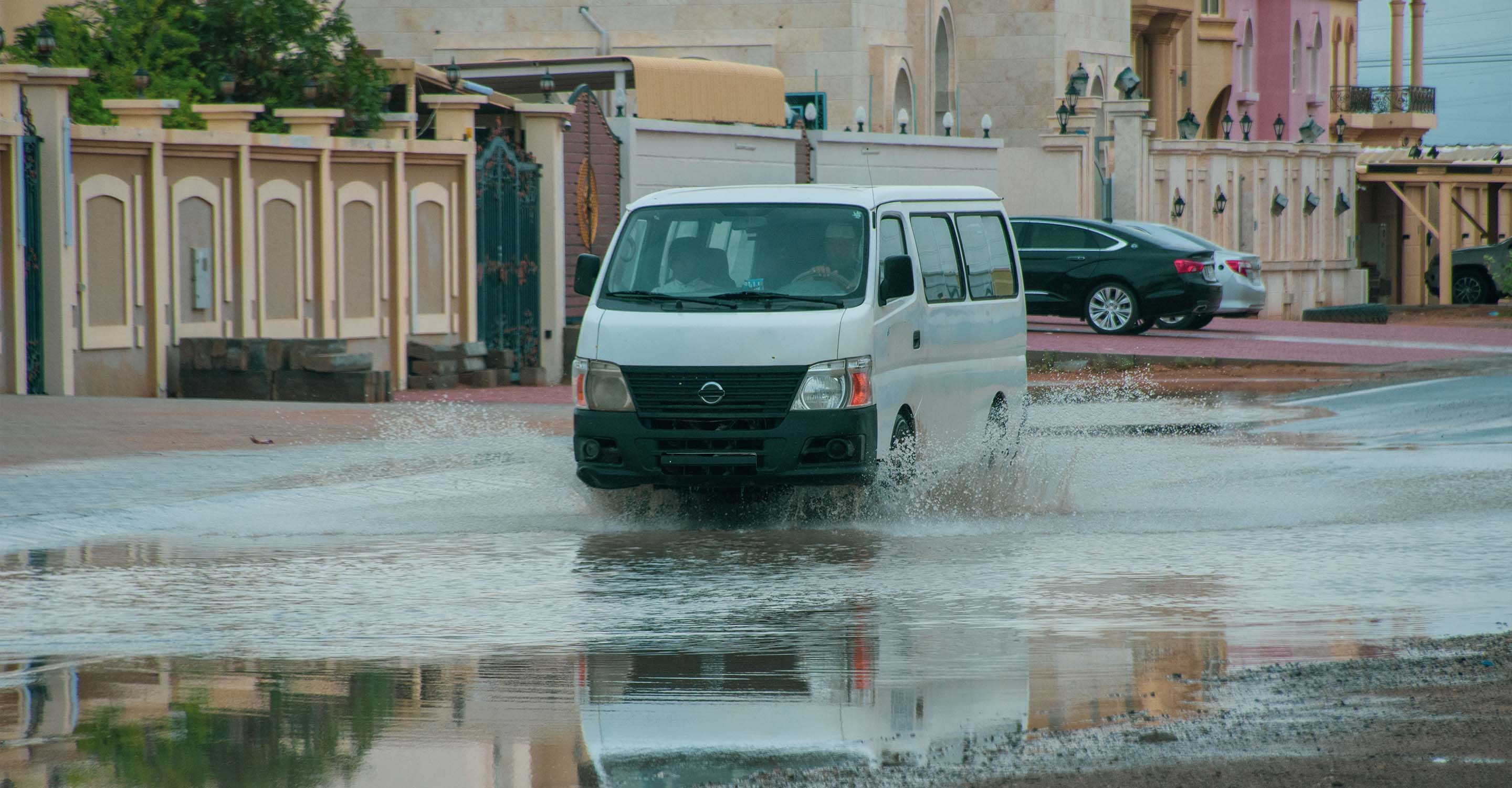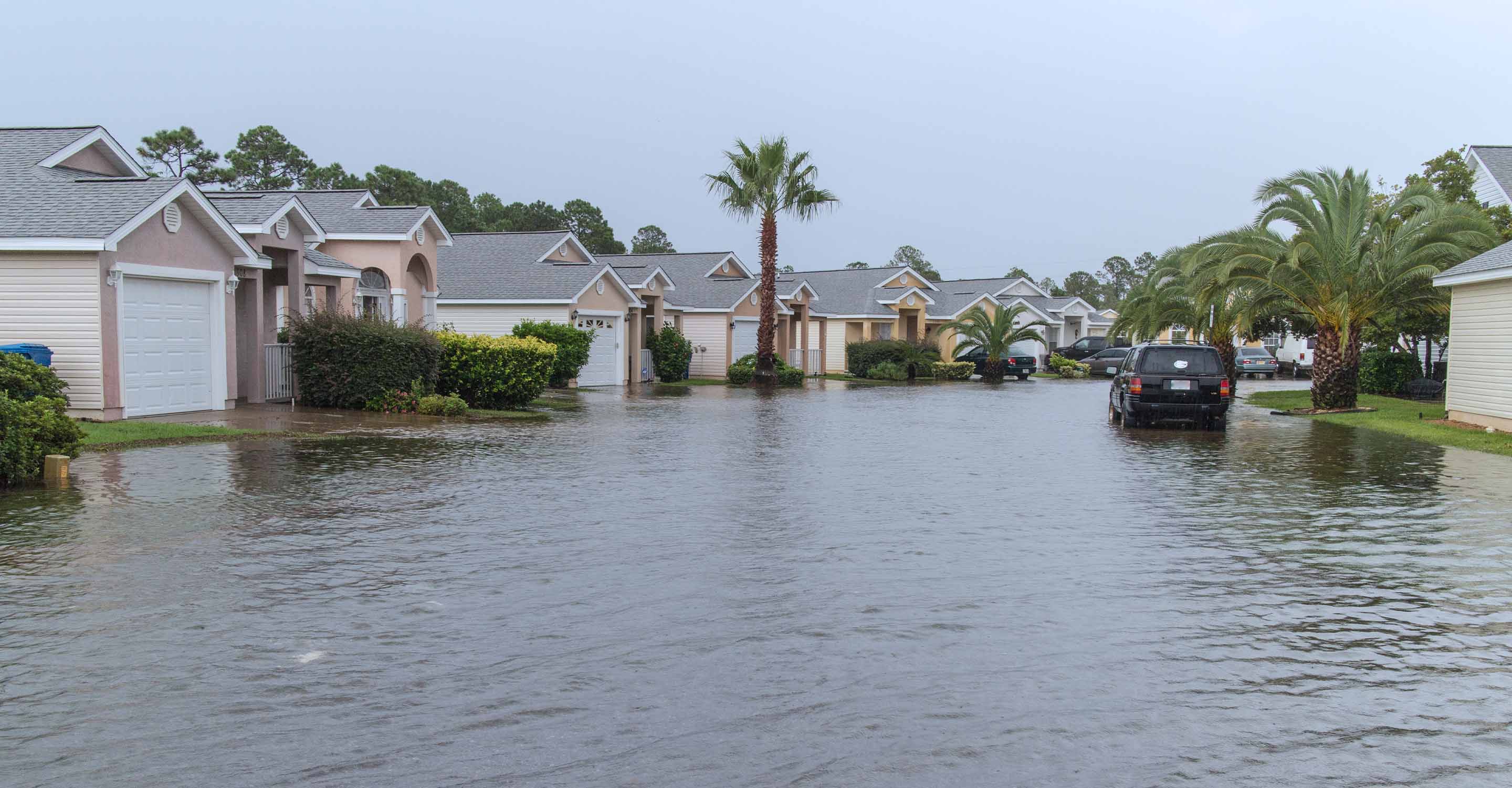Hwaseong air quality map
Live air pollution map of Hwaseong
3.5K people follow this city
Full screen
Contributors
2
Stations
8
Contributors category
2
Government
0
Non-profit organization
0
Educational
0
Corporate
0
Individual
0
Anonymous
Most polluted air quality stations
| # | station | US AQI |
|---|---|---|
| 1 | Namyang-eup | 41 |
| 2 | Ujeong-eup | 41 |
| 3 | Cheonggye-dong | 37 |
| 4 | Hyangnam-eup | 37 |
| 5 | Bongdam-eup | 33 |
| 6 | Saesol-dong | 29 |
| 7 | Dongtan | 25 |
| 8 | Seosin-myeon | 25 |
Health Recommendations
| Enjoy outdoor activities | |
| Open your windows to bring clean, fresh air indoors GET A MONITOR |
community highlight
Hwaseong most followed contributors
Become a contributor
Get an AirVisual Outdoor and contribute to collecting millions of data points for the Hwaseong map to track local air pollution
Understand air pollution and protect yourself
Hwaseong MAP AIR QUALITY ANALYSIS AND STATISTICS
Are there lots of facts and figures about air quality on the air pollution map for Hwaseong?
There are a lot of tremendously interesting facts and figures about air pollution on the air quality map for Hwaseong and they can be found using the link on the main city page. The live air pollution map acts as the link which will open a new set of pages filled with all the up-to-date information.
Once the leading new page opens, the viewer will notice the colouration of the air pollution map. This colour represents the current level of air quality. In May 2023, the colour was dark yellowish/brown which would indicate that the air quality was “Unhealthy”. The full meaning of all the colours is shown in the legend at the foot of the page and is used across the entire IQAir website as standard. Colours vary between pale green and dark maroon where the darker colours are used to indicate worsening air quality.
When looking at the map there are a lot of coloured discs scattered across it. These represent the sites of all the ground-level air monitoring stations there are in the region, although they are not all under the jurisdiction of the city. Due to the sheer number of them, many will be overlapping each other but they will start to separate when the map is enlarged. At the centre of each disc is a number which is the United States Air Quality Index reading or US AQI for short. It is calculated by measuring the levels of up to six of the most prolific pollutants found in the city air. They are usually both sizes of Particulate Matter (PM2.5 and PM10), ozone, nitrogen dioxide, sulphur dioxide and carbon monoxide.
Once established, the US AQI reading is used as a metric when making comparisons in air quality between different towns and cities all over the world. The entire system is endorsed by the World Health Organisation (WHO).
Going back to the main city page, it can be seen in the coloured banner running across the top of it that the current quality of air is classified as being “Unhealthy” with a US AQI reading of 152. The main pollutant was identified as being PM2.5 with a recorded level of 57.5 µg/m³ which is eleven and a half times higher than the suggested target figure of 5 µg/m³ as recommended by the WHO. The colour of the banner instantly reflects the current air quality.
Just below the air pollution map for Hwaseong can be seen the number of contributors there are and the number of stations they collect and collate the data from. Currently, there are five stations controlled and operated by two government departments. They are the Korea Environment Corporation and the Air Gyeonggi-Do. Between them, they have 17.5 million loyal followers.
Can any more fascinating information be gleaned from the air pollution map for Hwaseong?
There is a lot more interesting information about air quality on the air pollution map for Hwaseong. There is an icon at the top of the opening page which acts as a link to a full-screen sector where all the information is available and very easy to view.
A list of four options will be seen on the left-hand side of the screen which can all be independently turned on or off to see the effects they have on the map.
The first option shows the locations of all the ground-level air monitoring stations in the region. Each disc can be selected individually because they contain a lot of information specific to that area. This can be very useful if planning to travel to neighbouring areas.
The next option shows the position of any wildfires there are that are burning out of control in the region. At the time of writing in May 2023, there were some fires burning towards the southeast of the city. This is when option four becomes relevant because it shows the speed and direction of the prevailing winds and will give a good indication of where the smoke may blow. Currently, the wind is south-easterly and should blow the smoke away from the city.
Option number three can change the background colour of the map to indicate the current air quality. This can be quite distracting if the air quality is poor but it can be deactivated to make the map revert to a more subdued set of colours which are easier to understand.
On the right-hand side of the screen is a table which ranks the top seven most polluted cities according to their US AQI reading. There is also access to the complete list of all participating cities under the “Full Ranking” section. All cities are listed in descending order.
Next to the contributors’ category is one which lists the most polluted areas of the city with the names of the stations that have provided the information. Currently, the station at Seosin-myeon is the most polluted with its US AQI reading of 155 which is classified as being “Unhealthy”.
There is also a table which shows the popularity of the stations according to the number of followers they each have. The most popular station at the moment is at Dongtan with almost 111,000 loyal followers. The second most popular one is Hyangnam-eup with only 35,000 followers.
Can the source of the polluted air be identified on the air quality map for Hwaseong?
It is not possible to see the source of the polluted air on the air quality map for Hwaseong, however, it is known that about 52 per cent of ultrafine dust (PM2.5) components in Gyeonggi Province were ions generated by atmospheric chemical reactions with pollutants emitted from automobile exhaust, industrial activities, and agricultural and livestock activities.
Ionic components in ultrafine dust are mainly gaseous pollutants converted into nitrate, sulphate, ammonium ions, etc. through secondary reactions in the air. Nitrate is mainly produced by increased emissions of nitrogen oxides resulting from human activities such as automobile use, and atmospheric chemical reactions of nitrogen oxides.
Sulphate is produced from the oxidation reaction of sulphur dioxide, and the main sources of sulphur dioxide are industrial activities and emissions from thermal power generation. Ammonium is affected by ammonia, which is mainly emitted from areas with high agricultural and livestock activities.
What are PM2.5 and PM10 which are often mentioned on the air pollution map for Hwaseong?
Fine dust is divided into ultra-fine dust (PM2.5) and fine dust (PM10). Ultrafine dust (PM2.5) is dust with a diameter of 2.5 microns or less, and fine dust (PM10) is dust with a diameter of 10 microns or less.
When (ultra)fine dust is inhaled, it cannot be filtered out of the airway and most of it penetrates into the alveoli, causing heart disease and respiratory disease, increasing early mortality. In addition, it deteriorates visibility, is deposited on the surface of leaves of plants, interferes with metabolism, and is deposited on buildings to cause corrosion.
Hwaseong air quality data attribution
2Contributors
 Air Gyeonggi-Do
Air Gyeonggi-Do8 stations
 Korea Environment Corporation
Korea Environment Corporation8 stations
2 Government Contributors
2 Data sources








